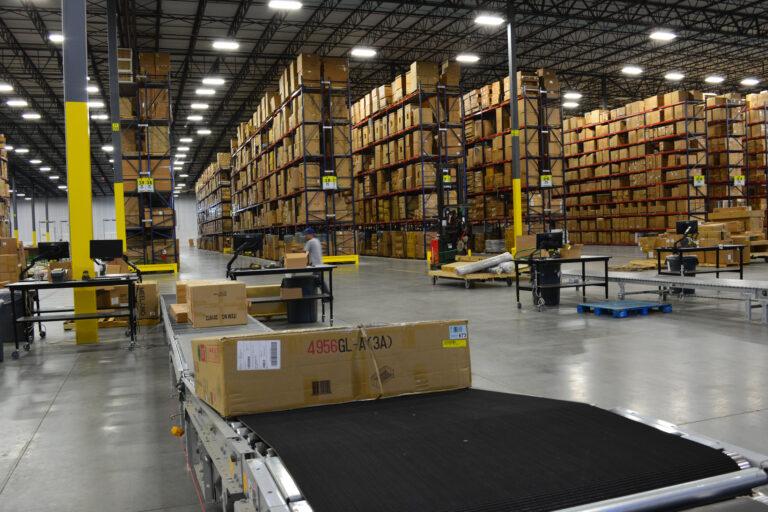Three Retention Strategies That Are Priceless to Manufacturers
No-cost Ways to Beat the Talent Shortage
Recently, the unemployment rate reached 3.8%—the lowest it has been since 2000—creating a high sense of urgency for companies to re-think the way they attract workers. Many are pouring their limited budgets into uncovering new sources of talent, increasing employee incentives and perks, and even enticing workers from competitors with higher pay.
While all of these strategies get more people in the door, it hasn’t kept them from eventually leaving, and more often, sooner rather than later. Which, of course, leaves businesses in the same position as they were in from the start.
The solution isn’t more money. According to a new study by 24/7 Wall Street, it’s three things that are actually free: trust, development opportunities and a positive culture.
1. Put the personal relationship first.
Don’t undervalue a great employee relationship. From the very first interaction, managers should actively cultivate the relationship with employees as a means to build trust. For 80% of employees, trusting their boss is essential to workplace satisfaction, according to a CGK study. And, happy workers don’t leave.
This applies to any type of worker that walks through a company’s door—whether full time, part time, temporary or even an intern. It’s especially true in the manufacturing industry, where companies have long employed a blended approach of different workforce arrangements, and often have to work harder to make all workers feel equally valued. To foster these feelings of value and trust, managers must communicate openly and honestly, and follow through on their promises. If they don’t, all the horseshoe pits, bonuses and company picnics are a waste of important retention dollars.
2. Upskill the people you have.
A popular strategy for today’s talent shortage has been to recruit less experienced workers and train them for the job. While this helps to widen the talent pool of available workers, it doesn’t address the entry- and even mid-level workers already on board. What value are you bringing to them through new training programs?
Access to development opportunities is a universal need for all workers, but especially for Millennials, as 87% say development is important in a job. And, given that Millennials are the largest demographic in the workforce, smart businesses are finding ways to weave development into the everyday employee experience. This can be done through informal upskilling and by encouraging workers to be vocal about where they want to gain new skills.
3. Create a team.
Regardless of whether a worker is a full-time or temporary employee, everyone equally contributes to the corporate culture. The strongest cultures often have a well-known mission and set of values that guide how the entire company interacts and collaborates both in the job setting and beyond.
The right culture can turn workers into advocates for your company who not only want to work for you but encourage others to join as well. One study found that when people feel like part of a team, they have greater job satisfaction and performance.
How does your company stack up when it comes to these three no-cost retention strategies? Learn which manufacturers trust BelFlex as their workforce partner or reach out to us directly to find out how we can help you.







